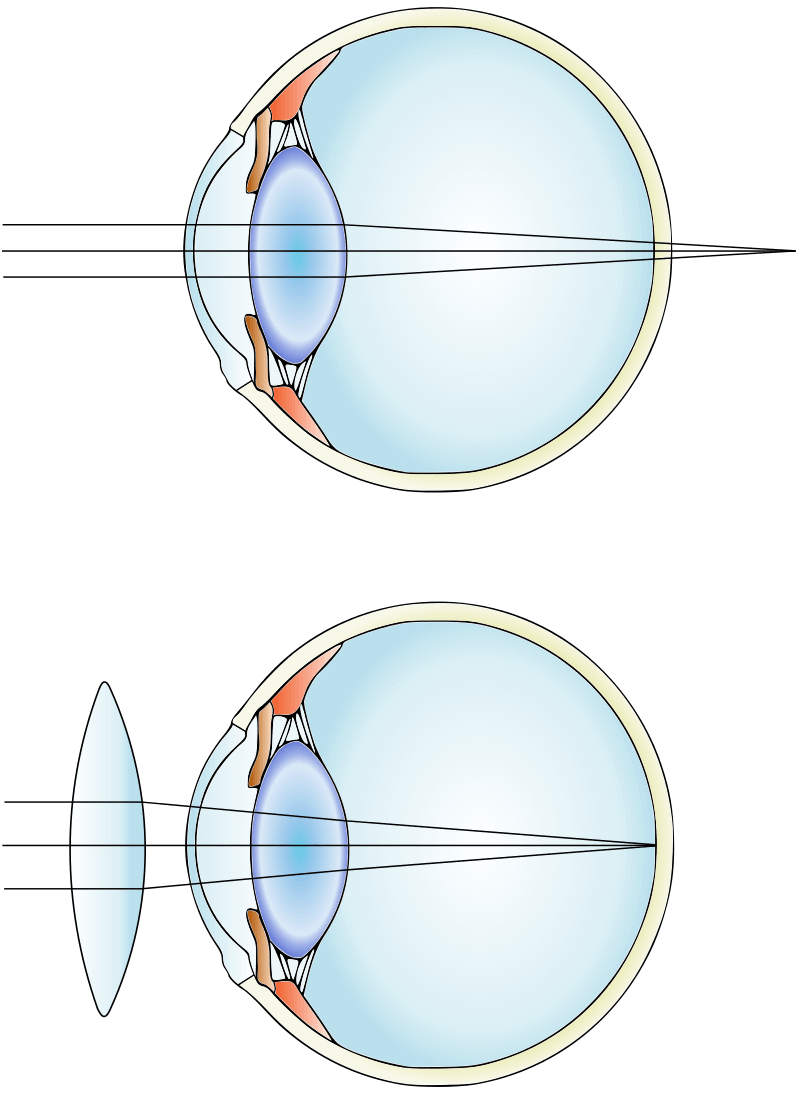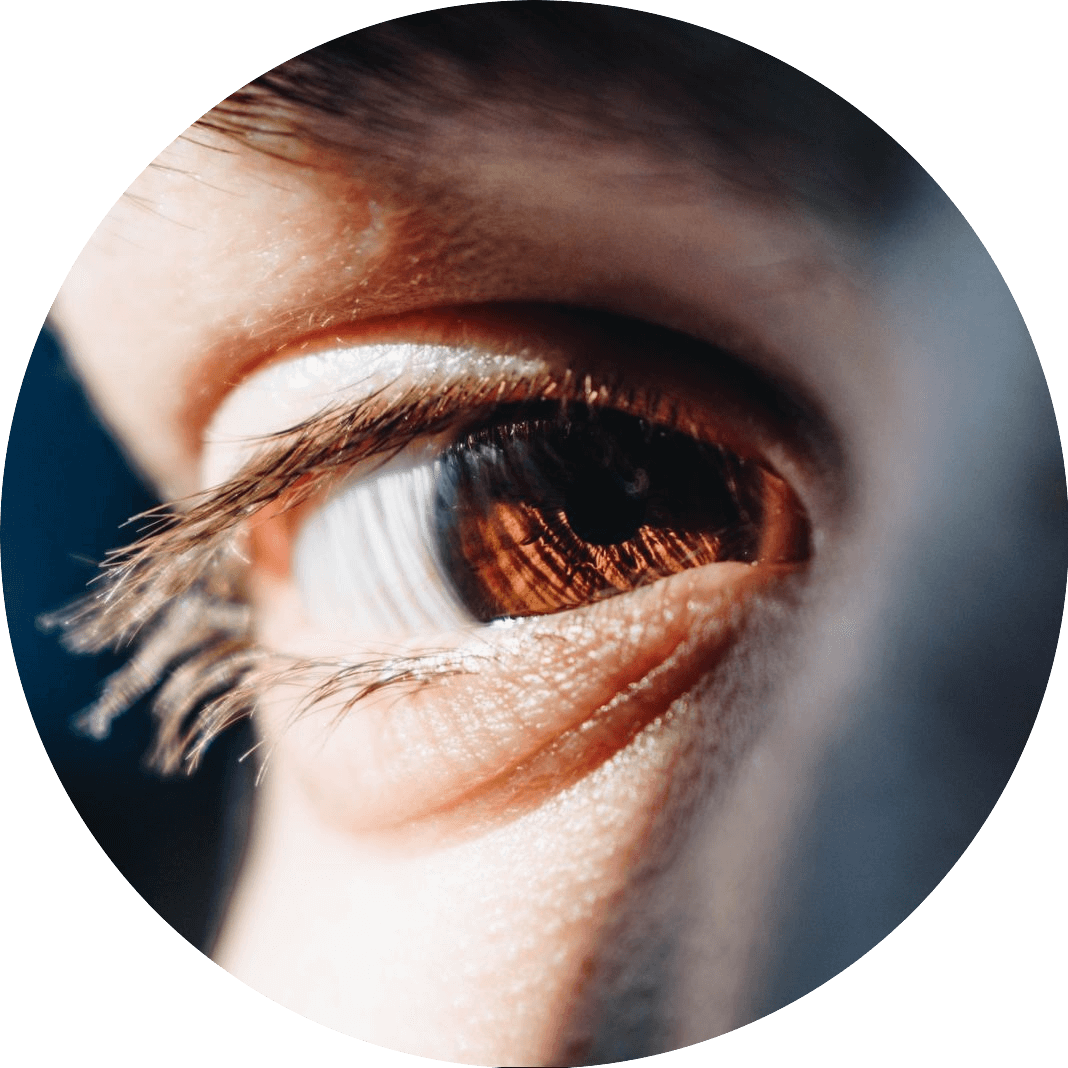Ortho K Hyperopia Treatment
Can I get orthokeratology for hyperopia?
While Ortho K is well-known for its ability to correct myopia or nearsightedness, it can be just as effective for hyperopia or long/far-sightedness. Melbourne relies on the Ortho K Group for Ortho K hyperopia treatment – keep reading to find out why!
What is Hyperopia
Hyperopia is a refractive error, meaning the eye is not able to bend or refract light properly to see images clearly. This means that while distant objects may look somewhat clear, close objects will be blurry. This is more commonly known as farsightedness.
Often, people with hyperopia will be dependent on reading glasses, although this can be difficult for people with active lifestyles or children who may forget or lose their glasses.
If individuals with hyperopia do not wear their glasses as needed, they could experience headaches and eyestrain, making them reliant on their glasses. An alternative to wearing glasses to cope with Hyperopia is refractive surgery.
Depending on the degree or severity of the hyperopia, a person may or may not be recommended for refractive surgery.
Eyeglasses may be prescribed as the safe and simplest way to address vision changes or issued caused by farsightedness. An optometrist may prescribe any of the following lenses to address the concern of hyperopia:
– single vision
– bifocals
– trifocals
– progressive multifocals
On the other hand, you may also opt to get a specific type of contact lenses to address vision challenges due to hyperopia.
Contact lenses are worn and placed directly on one’s eyes. Compared to standard contact lenses, lenses for farsightedness are created in a different way to address vision challenges. However, optometrist may still need to qualify a person for contact lenses as this requires more attention and consciousness. This is also one of the reasons why contact lenses are not advised or recommended for young kids.

Our Alternative
At the Ortho K Group, we have extensive experience in designing and providing Ortho K for hyperopia, with the lenses working to flatten the periphery of the cornea and steepen the central cornea. Simply wear the Ortho K lenses at night to enjoy improved vision for the next day, with perfect or near perfect vision being possible by the first or second week.
With Ortho K for hyperopia, you can free yourself from having to wear glasses every time you wish to read, work on the computer or do other similar tasks. Instead, all it takes is wearing a specially-designed, comfortable lens while you sleep to enjoy improved vision in the morning!
Contact the Ortho K Group to discuss tailored Ortho K for your hyperopia.
Hyperopia Causes
Farsightedness, also known as hyperopia, is a common eye condition which makes seeing objects up close blurry and objects from a distance more visible. Hyperopia causes include a variety of reasons. One Hyperopia cause is an eyeball that is too short, making the eye’s lens focus light behind the retina.
Hyperopia causes also include a cornea that is too flat. The cornea is the clear, dome-shaped front surface of your eye. An unevenly curved cornea makes light rays refract incorrectly, thus leading to a refractive error. As a person ages, Hyperopia symptoms can become more obvious. In summary, Hyperopia causes include an eyeball that is too short, a cornea that is too flat, and an old lens. A normally shaped eye would have all the above mentioned eye components in the perfect shape and curvature. Given such, all incoming light would be focused directly on the retina, at the back of your eye.
People who are diagnosed with Hyperopia are more likely to have been born with it. It may not have been evident earlier on but will manifest and cause vision problems until they’re older. Hyperopia is not normally considered a hereditary issue. However, having a parent with the condition can lead to a higher probability of hyperopia developing.
Myopia vs Hyperopia
Different refractive errors affect our eyes and our vision in different ways. Some make our vision blurry, some make it difficult to see objects up close, while some affect the way we see objects from a distance. Two of these refractive conditions are called Myopia and Hyperopia.
What’s the difference between Myopia vs. Hyperopia?
The main difference between Myopia vs. Hyperopia is whether you have difficulty seeing things up close or from a distance. Myopia is more commonly known as “nearsightedness”. This condition makes it difficult to see things from a distance. Hyperopia, on the other hand, is the technical term for “farsightedness”. As the name implies, looking at objects up close is difficult for those with this condition. Both of which are caused by irregularly shaped eyeballs, which is another difference between Myopia vs. Hyperopia.
Even with the opposite effects of myopia vs hyperopia, orthokeratology or ortho k can still be an effective form of therapy/treatment.

